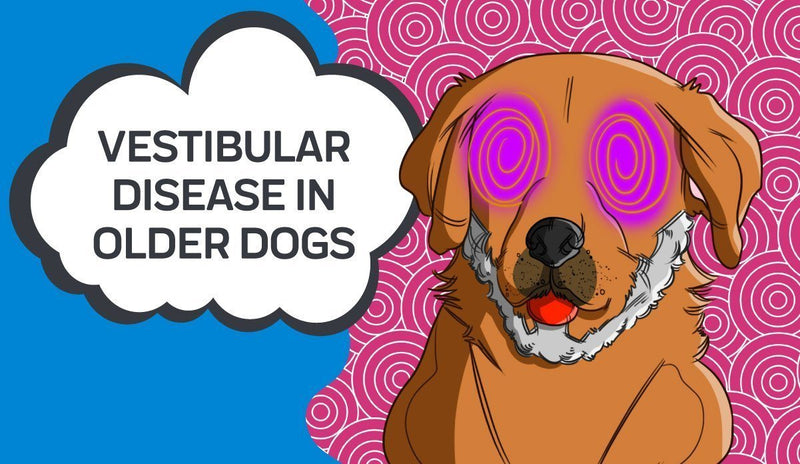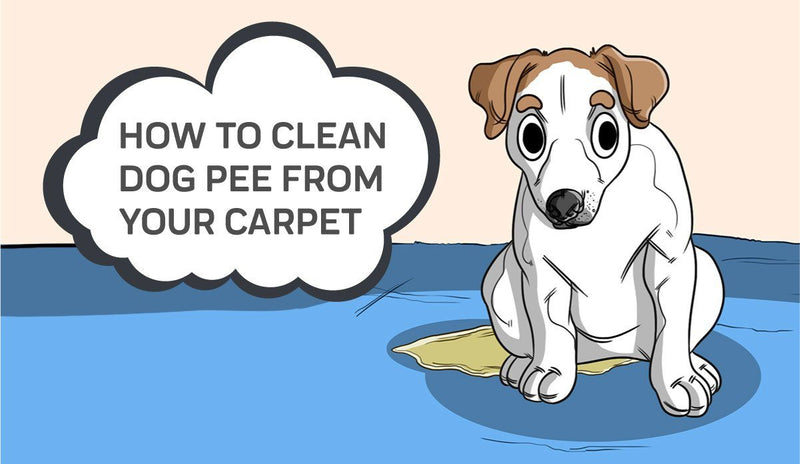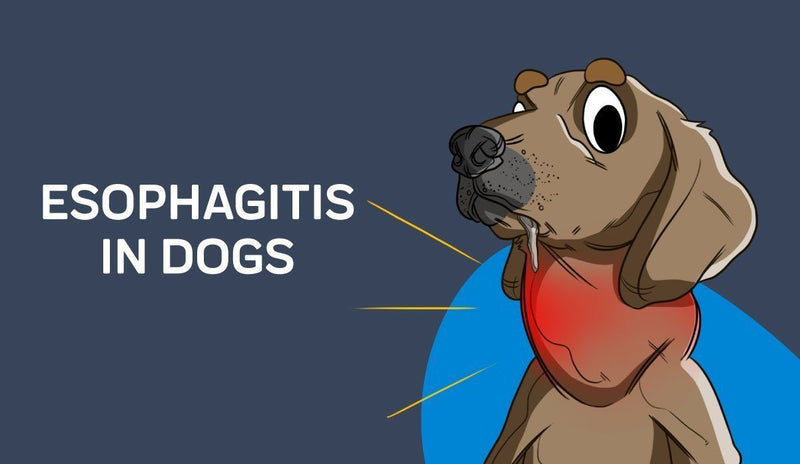Fetch. You know what it is. You’ve played it with your dog, heck, you’ve played the game with a dog even if you’ve never even owned one yourself. It’s the most basic interaction between man and dog that we learn about as children, and it sums up much of our entire connection between our species. We throw something and Buster runs off to get it. He eagerly returns with that ball, stick, or whatever object the game is being played with. Maybe you play a quick game of tug of war, object in the mouth, pulling at it until you can finally wrench the thing from Buster’s mouth. And once you do, you toss it back one more time only for that loyal and faithful pet of yours to run off and grab it once more. Of course, we all know this game can go on for hours if we let it, but more than just a game to keep man’s best friend occupied or a way to get our furry friends tuckered out, the “game” of fetch is exemplary of our entire relationship, with canines always fulfilling their duty of returning the things we send them off to do.
Where did all this come from? And why is it so specific to man and canine? Have you ever tried to play a game of fetch with a cat? With your hamster? Horses and other domesticated animals don’t perform this same, simple task that we’ve turned into a game over centuries. So why dogs? And how?
According to archeologist Diane Perlov, senior vice president for exhibitions at Los Angeles’ California Science Center, both species would have recognized that the other was good at hunting. Humans and dogs/wolves are pack animals, meaning they are social creatures that thrive on cooperation and relationships with others. It’s how we each evolved as hunters, and so the partnership is understood to have started off as a match made in evolutionary heaven, but whether or not wolves offered their services in exchange for security or humans made a conscious effort to domesticate them for their own benefit is one major question that remains unknown. As mentioned, our partnership with dogs goes thousands of years back in history, but the practice of selective breeding for desired characteristics and traits doesn’t run as deep into the history books. It’s believed there are three basic categories of dogs that people started breeding canines to fit into — livestock guardian dogs, hunting dogs, and sighthounds. People would recognize the specific characteristics and traits of certain dogs that fit best into the tasks associated with each category, and eventually started intentionally mating dogs with certain desired characteristics in order to encourage those characteristics in the offspring. The result of this became hundreds of unique breeds that were developed. And the further we moved from hunter-gatherer life and closer to agriculturally-dependent societies, the more dogs were bred to be smaller and more docile as a way for us to live together comfortably.
“All of these behaviors are self-reinforcing, meaning they make the dog feel good. They don't need to be rewarded for the behavior. If you like playing football, you play football even if you don't get paid to do it. It just feels good to do it. Same is true for dogs,” says Debbie Jacobs, author of A Guide To Living With & Training A Fearful Dog.
Dogs certainly developed this through our breeding and domestication of them over centuries, right? It makes sense that the earliest hunters to domesticate these animals would use canines to fetch the day’s catch and bring it back. The pups that were best at this simple task would be bred to keep the same trait intact. In fact, many scientists support a theory of self-domestication, in which the most agreeable members of a species are favored in domestication and evolution through access to food and protection. In turn, those particular animals would be the ones whose genes were passed on to future generations. However, it’s just as logical to believe “fetch” was a trained response intentionally imprinted into the genes of canines through domestication, but the recent work of researchers in Stockholm can definitely shed new light on that belief.
Working with three eight-week-old wolves named Sting, Lemmy, and Elvis, researchers played fetch to examine if this is an intrinsic trait or something developed in the domestication process.
“Specifically, it has been posited that, unlike wolves, dogs possess unique skills to interpret human cues and that these skills might have arisen after the domestication process from the grey wolf had been initiated. The ability to interpret human social cues has received considerable interest from researchers comparing behavior in dogs and wolves,” the researchers reported. “However, due to substantial differences in testing procedures, environmental factors, and interpretation of results, the consensus among these studies is lacking. Consequently, whether wolves have the ability to interpret human social cues, or whether this is a novel dog-trait, remains unresolved.”
The researchers measured 13 wolf pups against the same metrics used to describe dog behavior, testing simple interactions like throwing a tennis ball across the room, calling the name of the wolf pup, and gesturing and encouraging it to bring the ball back. Ten of the pups either ran to the ball and played with it on their own or had no interest in it at all (just like our cats would). Sting, Lemmy, and Elvis, however, played fetch just like every other “good boy,” retrieving the ball and returning it loyally as we expect from our own pets.
“The dog (Canis familiaris), which was domesticated from the grey wolf (Canis lupus) at least 15,000 years ago, show extreme phenotypic variation as a species,” they added. “Present-day dogs are bred for highly breed-specific requirements for behavior and morphology, and while a significant amount of the resulting variation is believed to originate from standing genetic variation in ancestral populations, novel mutations have had a significant impact during breed formation.”
Sting, Lemmy, and Elvis offered up some support for the self-domestication theory. While all domesticated dogs as we know them today have that built-in familiarity with the reward of fetching a ball, the three young wolf pups proved that some wolves were certainly born with an innate urge to please.
















